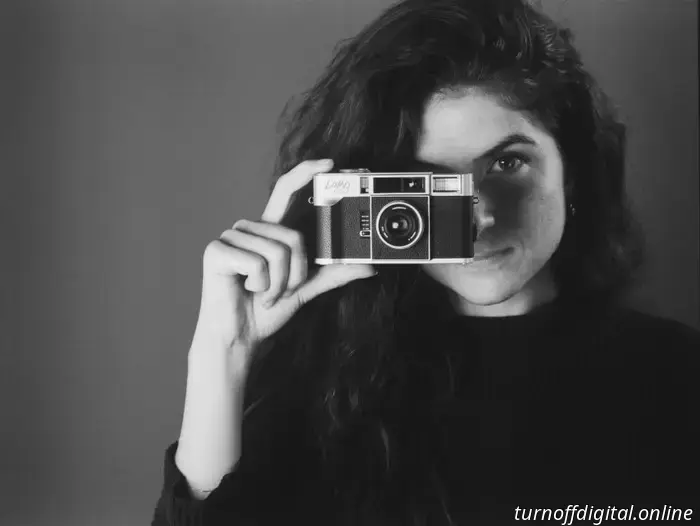
Lomography has introduced the MC-A, a new premium point-and-shoot 35mm film camera! The Lomo MC-A marks the company's first foray into autofocus design. It comes equipped with a 32mm f/2.8-16 multi-coated Lomo glass lens, a top shutter speed of 1/500s, manual controls, and a metal body. The camera is available for *pre-order* at a price of $549 (see links below). While some might argue that the MC-A is not a true point-and-shoot due to its film advance lever, its features like autoexposure, autofocus modes, DX code reader, and built-in flash certainly enhance its usability.
Designed for passionate photographers, the MC-A allows for significant control over exposures, which can be set to either aperture-priority or fully manual. It offers up to two stops of exposure compensation. The DX code reader can also be overridden for custom film ISO settings (ranging from 12-3200). The built-in flash (GN9) includes creative modes and colored filters, along with a PC socket for connecting an external flash. Manual zone focusing is an option for those who prefer to bypass autofocus. Additionally, the camera supports unlimited double exposures, bulb mode, self-timer, a filter thread (30.5mm), and it operates on a rechargeable CR2 battery (included; charges via USB-C).
Weighing 332g (11.7oz) without the battery, the MC-A measures 125.8mm × 69.5mm × 42mm (4.95” × 2.74” × 1.65”). It features a metal body available in all-black or with silver accents. The viewfinder includes reflective brightlines, although the specifications I received do not clarify how it handles parallax error or magnification.
This announcement adds to the recent wave of fall film photography product launches (following the earlier Kodacolor releases, see: analog.cafe/r/kodak-colorp…). The MC-A seems to represent a notable advancement for Lomography in terms of features, materials, and build quality. It appears to be designed to compete with cameras such as the Pentax 17 half-frame (priced similarly), the Rollei 35AF (analog.cafe/r/rollei-35af-…), and other currently produced models like the Analogue aF-1 (analog.cafe/r/film-photogr…).
Lomography has a history of significant investments in the design of lenses and cameras. While they still manufacture and sell affordable plastic toy cameras (which are delightful) without plans to discontinue them, the company has evolved considerably since its inception as a camera, lens, and accessory maker. They've even launched their own film lines, the latest being LomoChrome Classicolor (analog.cafe/comments/c6x3).
Although I haven’t had the opportunity to try this camera yet, I remain cautiously optimistic about seeing a strong competitor in the market. Classic point-and-shoot cameras from the '90s and '00s represented the peak of miniaturization and automation integrated with aerospace technology (for instance, the Minolta TC-1: analog.cafe/r/minolta-tc-1…). Unfortunately, those older models can be quite costly—often exceeding $1,000—and they tend to be susceptible to damage with limited repair options.
Today, many photographers are seeking a modern point-and-shoot film camera that is reasonably priced. Will the MC-A’s innovative features, design, build quality, availability, and the manufacturer's warranty finally meet these expectations? We’ll find out once independent reviews are released and the cameras become available to the public.
If you’re interested, you can reserve your black version here: shop.lomography.com/ca/lom… or the silver version here: shop.lomography.com/lomo-m…. The shipping date has not yet been revealed. More product images and sample photos taken with the camera are provided below.
#editorial🔥 #gas
The Lomo MC-A marks Lomography's inaugural autofocus model. It boasts a 32mm f/2.8-16 multi-coated Lomo glass lens, a maximum shutter speed of 1/500s, manual controls, and a metal construction. The camera can be *pre-ordered* for $549 (links below). #editorial.